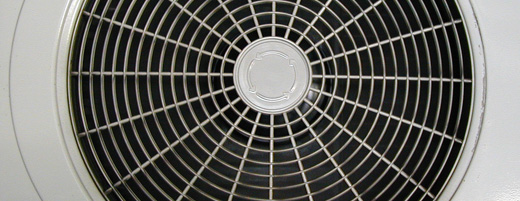
Installing a Central Air Conditioning System
Average Rating
Rate This Article
Most Popular Heating and Cooling Systems Cities
Related Articles
Energy Efficient Windows: What to Look For Home Heating Systems: 5 Popular Options Make Your Fireplace More Efficient: 5 Optimization Tips Window Repair vs Window Replacement At Home Composting Guide Building a Sphere House Choosing an Air Conditioning System Creating a Green Kitchen Energy Efficient Window Frames: What to Look For 5 Tips for a Greener Thanksgiving The Future of Green Building Green Gutters Geothermal Heat Pumps Green Home Remodeling Projects for 2009 Home Insulation: The Key to Comfort Net Zero Energy Homes Organic Mechanics: Helping You Go Green Radiant Underfloor Heating Systems Radiator Art: Staying Warm in Style Solar Panel Installation & Info Straw Houses Lead New Green Building Trend 10 Energy Efficient Home Lighting Options Tips for an Eco-Friendly Swimming Pool or Hot Tub Winterize Your Doors Winterizing Your Home the Green Way Wood Fireplaces vs Gas Fireplaces: 5 Factors to ConsiderIf there is one home remodeling task you should truly consider undertaking it is the installation of central air conditioning. Central air might seem like an extravagance until the peak of summer, when it begins to seem more like a necessity. As anyone who has ever survived a heat wave with only a spattering of electric fans and a spray bottle knows, central air is entirely worth having, even if you only use it for 2 months of the year. If you live in an older, ductless home, fear not. Adding central air conditioning should be possible no matter what kind of air circulation system your home currently has. As with any home remodeling job, it is wise to consult a contractor for the process. Different homes may require different systems. A professional can help you pick the right one, and hopefully, a model that is as cost effective as possible.
Unit Components
Central air conditioning is a split system, which is usually installed partially indoors and partially outdoors. The compressor coil and condenser coil, or the loud, heat shedding elements, are kept outdoors, preferably where they can be the least obtrusive. The evaporator coil is installed indoors, within the forced air furnace, if your home is so equipped. If not, the evaporator is installed in a blower unit, which distributes the cooled air via a system of ductwork.
Heat Gain Calculation
If you have selected a good contractor, they are likely to begin with an Air Conditioning Contractors of America Manual J load calculation. Taking into account the amount of wall and attic insulation you have, as well as the placement of doors and windows, the procedure determines the amount of heat gain that your home might be subjected to. This will point you to the size of the cooling unit that you need. Depending on the results, some tweaking of these variables, for example, installing new windows, might increase your energy efficiency, allowing you to get a smaller unit.
Selecting a unit
Upon conducting a heat gain calculation, your contractor should be able to suggest a unit size. The size will be represented in tonnage, or in BTUs per hour. Obtaining the correct size of air conditioner is vital. An air conditioning unit that is too small will have difficulty keeping the house cool on the hottest days. Meanwhile, it will cost more to run. An oversized unit will fail to reduce the humidity in the air. Once more, it is less cost effective. Since an inefficient and expensive air conditioner is exactly the opposite of what you want, it will benefit you to ensure that your unit is the correct size for your home.
Unit Efficiency
The next step is to discuss the unit efficiency. To learn the efficiency rating, look for the SEER number, or seasonal energy efficiency rating. Essentially, the higher the number, the less it costs to operate. Federal law now requires a SEER number of at least 13.
Ducts
If you do not have a forced air furnace, your evaporator coil will likely be installed in the attic or crawlspace, where the air will then be distributed through a system of ducts. Such homes may or may not have ducts already in place. Existing ducts should be inspected to ensure that they are prepared for the increased amount of air flow. If your home does not have ducts, things can become slightly more complicated, because ducts will need to be added. For the second floor, ducts will usually be installed through the attic floor between floor joists. To reach the first floor, ducts can be added through second floor closets. Naturally, this involves cutting holes in your floor. Luckily, they are not large, and the mess can be easily contained.
No matter what your circumstances, central air conditioning is something to consider. Once the summer hits, you will probably be glad that you did. To learn more or to meet with a heating and cooling contractor for a free on site estimate, contact us today.
--Kate Blair





